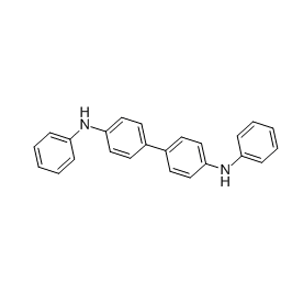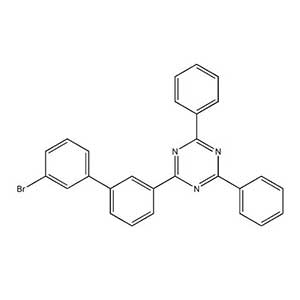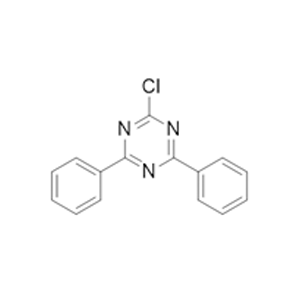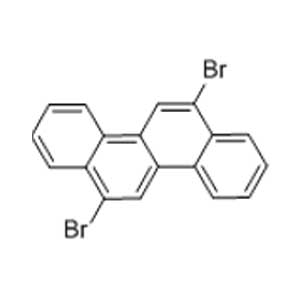- A new kind of copper OLED could change the TV and home lighting game.
- Previous attempts to advance OLED technology have focused on costly PHOLEDs.
- The new tech reaches precious levels of fluorescence using abundant earth elements.
Researchers in Switzerland have found a new organic light emitting diode material(New OLED Material) that could scale the technology up to inexpensively light entire rooms and homes for the first time. The results come from a new arrangement of copper electrons, CuPCP, that replaces more costly precious metal diodes (PHOLEDs).
OLEDs are a natural descendant of original light-emitting diode (LED) technology. About 10 years ago, plasma and LED TVs competed head to head in different categories, and plasma was the clear winner. But plasma TVs represented a proprietary technology that only worked for certain large sizes, and in bright light, they weren’t able to compete. LEDs, meanwhile, had improving (but still inferior) black levels that looked garish and unbelievable in the dark.
Enter OLED TVs, which married and improved both technologies. Instead of the bright backlight of a LED TV, OLEDs have their own light. This means deeper, truer blacks, but without the brightness tradeoff associated with a plasma. Plus, OLED has better image quality and contrast. And since OLED pixels are individually controlled, they’re also fast to change color. That’s important for things like gaming, or watching sports or action movies.
For all their perks, however, scientists have found it difficult to scale OLEDs up for broader usage. The materials are limited by the naturally occurring limitations of their fluorescence: “Classical organic dyes emit light due to fluorescence and have a theoretical limit of 25 [percent] for the internal quantum efficiency,” these researchers explain.
Phosphorescent OLEDs (PHOLEDS) change the physics and “can reach internal quantum efficiencies up to 100 [percent],” they say, but that’s because PHOLEDs require costly precious metals like iridium, ruthenium, and platinum.
PHOLEDs are still mostly in experimental stages of any potential application, and they could hypothetically take over the TV market, too; they use less energy because of their high efficiency, and they can do the work of many more plain OLEDs. But these products will cost a fortune, and that’s not the way to persuade consumers to trade up for their home lighting and other applications.
The secret to the Swiss team’s new material is a behavior called thermally activated delayed fluorescence, or TADF. Like a supercooled superconductor or a hot nuclear reactor, these TADF OLEDs must get to a certain temperature before they can operate as designed, and they use a supply of outside energy to get to that temperature.
-
+86-27-87915283
+86-15972929998(Sales Hotline)
-
Mail Us
sales@sunshine-oled.com

-aMine-728039-63-2.gif)
![2,4-Bis([1,1'-biphenyl]-4-yl)-6-chloro-1,3,5-triazine-182918-13-4](http://v4-upload.goalsites.com/224/image_1570496861_182918-13-4.jpg)
amine-102113-98-4.gif)

![Nphenyldibenzo[b,d]furan-4-amine-743453-07-8](http://v4-upload.goalsites.com/224/image_1543412330_Nphenyldibenzo[b,d]furan-4-amine-743453-07-8.gif)
-1,3,5-triazine-112719-97-8.gif)



-4,6-diphenyl-1,3,5-triazine-864377-31-1.gif)

-N-phenylaniline-81090-53-1.gif)